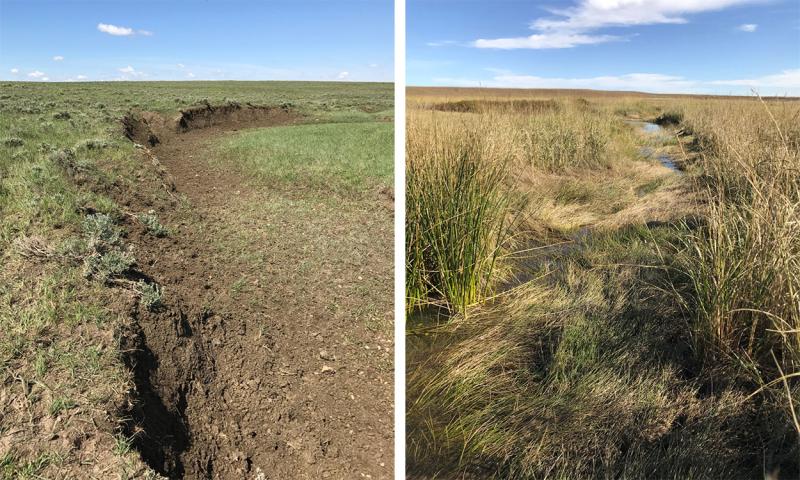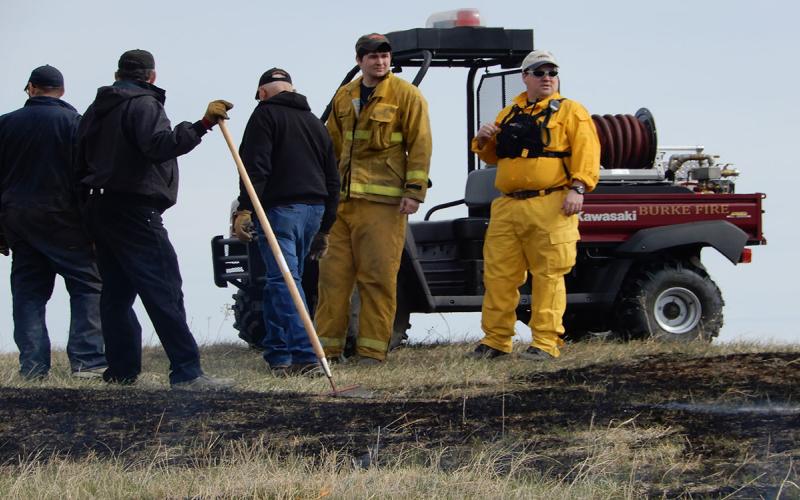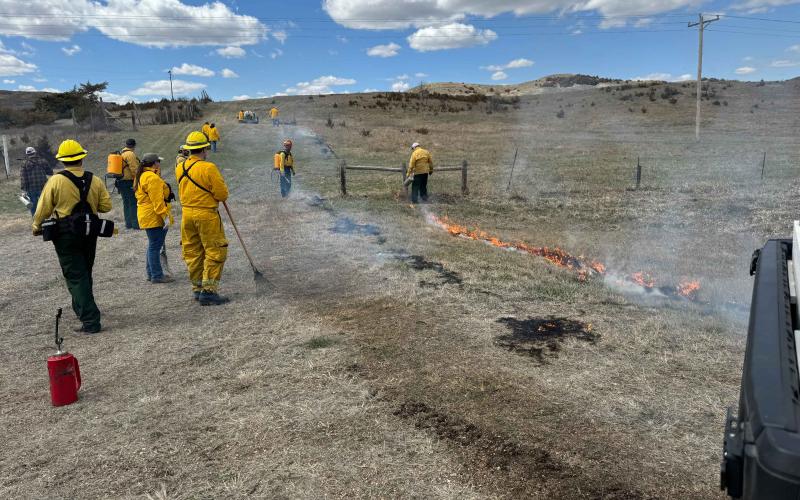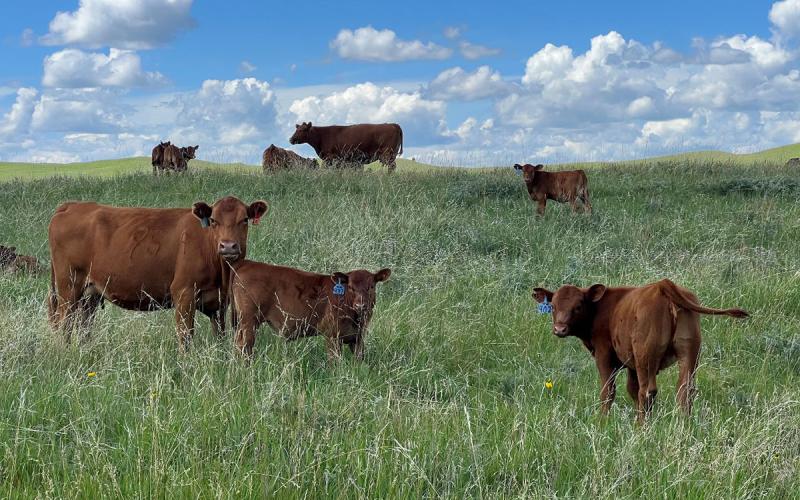Written collaboratively by Krista Ehlert, Jameson Brennan, and James Bolyard.
Prairie streams and their associated riparian areas can provide numerous ecosystem services to a ranching operation. Ecosystem services are the direct and indirect benefits that humans receive from ecosystems. While some ecosystem services have a dollar value readily attributed to them, such as the income from hunting licenses or animals harvested, others, like nutrient and water cycling, are harder to assign an economic value to. Still, other ecosystem services, like carbon sequestration, have only recently been monetized.
Ecosystem Services

The ecosystem services provided by prairie streams and riparian areas can be critical to a ranch. Healthy riparian areas act as “speed bumps” that slow down, spread out, and reduce the force of water during high flows. This translates to less impact on ranch infrastructure, with less risk for culvert washouts, dam blowouts, and flooding. This can help a ranch to weather drought, as the water that healthy riparian areas work to slow and spread can be stored and held on the landscape, helping to raise water tables and increase forage production, tree cover, and overall landscape drought resilience. Further, they can filter and cool water supplies, reducing stagnation, salinization, and deadly algae blooms. Degraded riparian areas are less capable of slowing, holding, and retaining water (Figure 1), greatly reducing the services mentioned.
Within the stream itself, healthy riparian areas can stabilize streambanks and prevent erosion, because they have enough vegetation to cover the soil and hold soil in place. Riparian plants protect soil, streambanks, and shorelines from excess erosion and enhance the absorption of water, nutrients, and energy from high-flow events. They tend to be tough, with strong, dense root systems and stems that can slow floodwaters and filter upland runoff. Depending on the stream, they may also produce woody debris that provides instream structure. Further, the forage produced by riparian plants often holds higher levels of crude protein until the first frost, making them an excellent source of nutrition for growing cattle and calves and adding to the services they provide for ranchers.
Wildlife Services

Intact, healthy, and properly functioning riparian areas also provide services associated with wildlife, even wildlife species that are commonly more associated with the surrounding uplands. Grazing wildlife, including big game species, benefit greatly from riparian areas, as they provide valuable winter cover, natural windbreak protection, and improved forage—all the same services provided for cattle. Grassland birds also use riparian areas, and some, including sage grouse and pheasants, rely heavily on dense riparian vegetation and the associated bugs to raise their young. In contrast, degraded riparian areas that lack vegetation and consistent water availability are used less frequently by wildlife and cattle.
In Summary
Overall, healthy riparian areas can provide a strong foundation for a ranch through the ecosystem services they provide. The differences between a resilient, functioning riparian area and one that is losing function and connectivity to the landscape are vast and can be readily seen and felt across the ranch.
Reference
- The Nature Conservancy, South Dakota State University, U.S.D.A. Natural Resource Conservation Service. (2022). Understanding western South Dakota Prairie streams: A guide to stream health, classification, and management.


